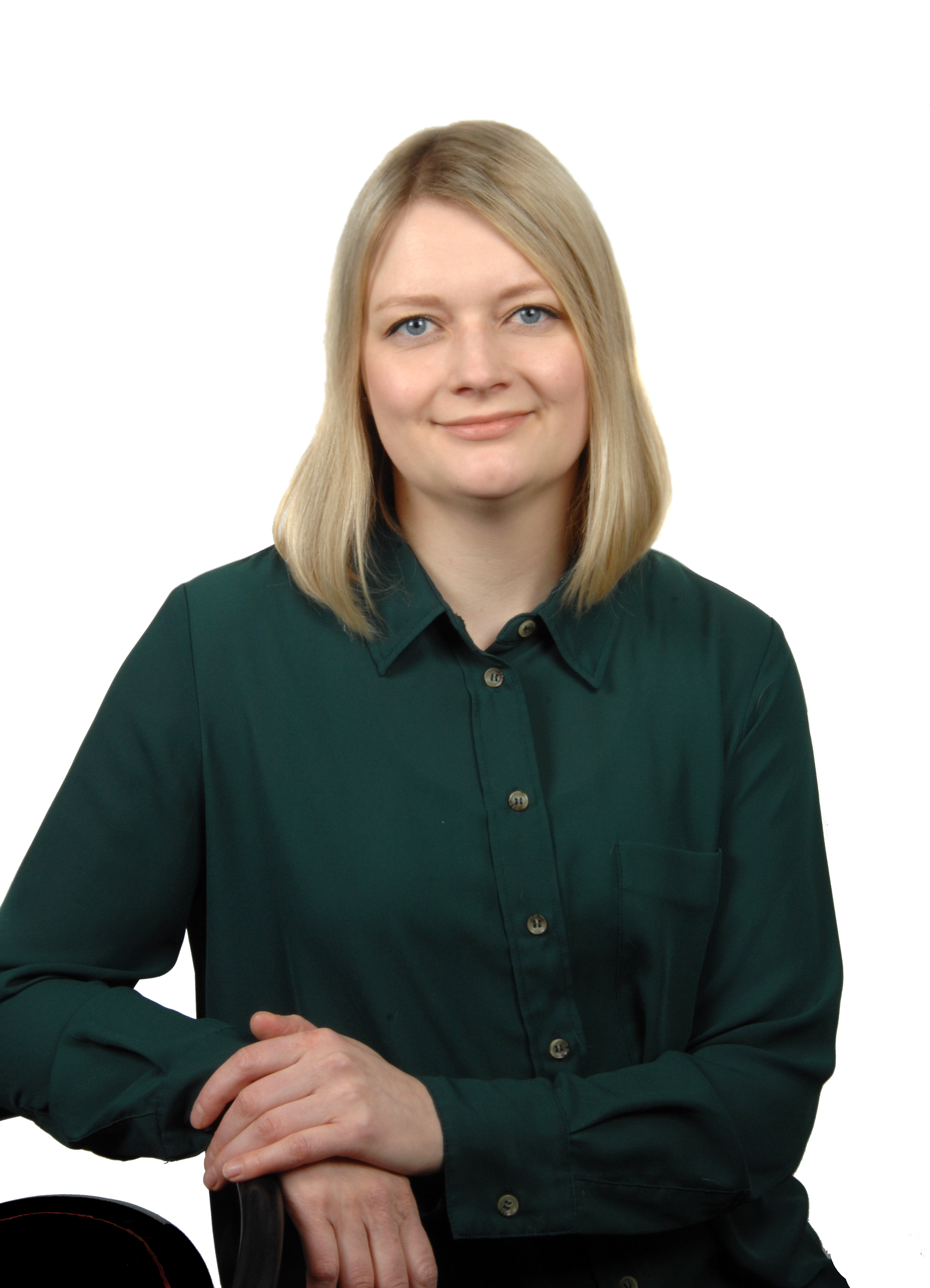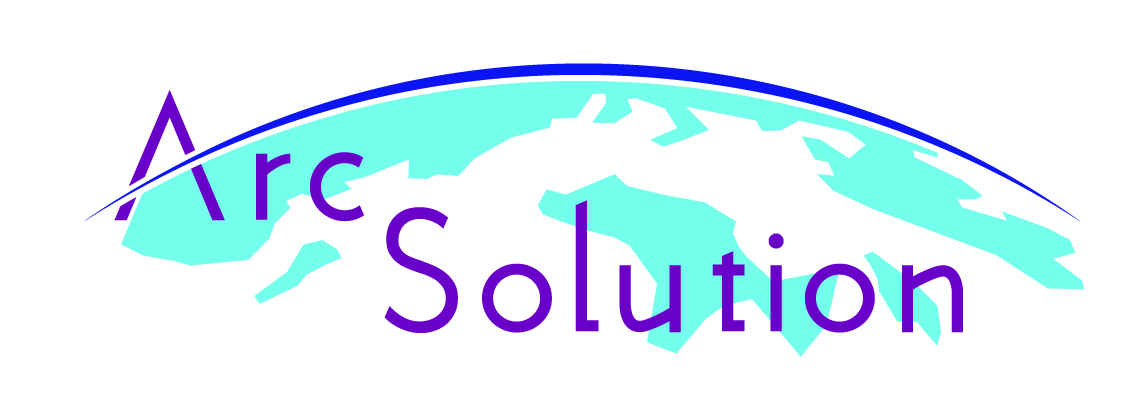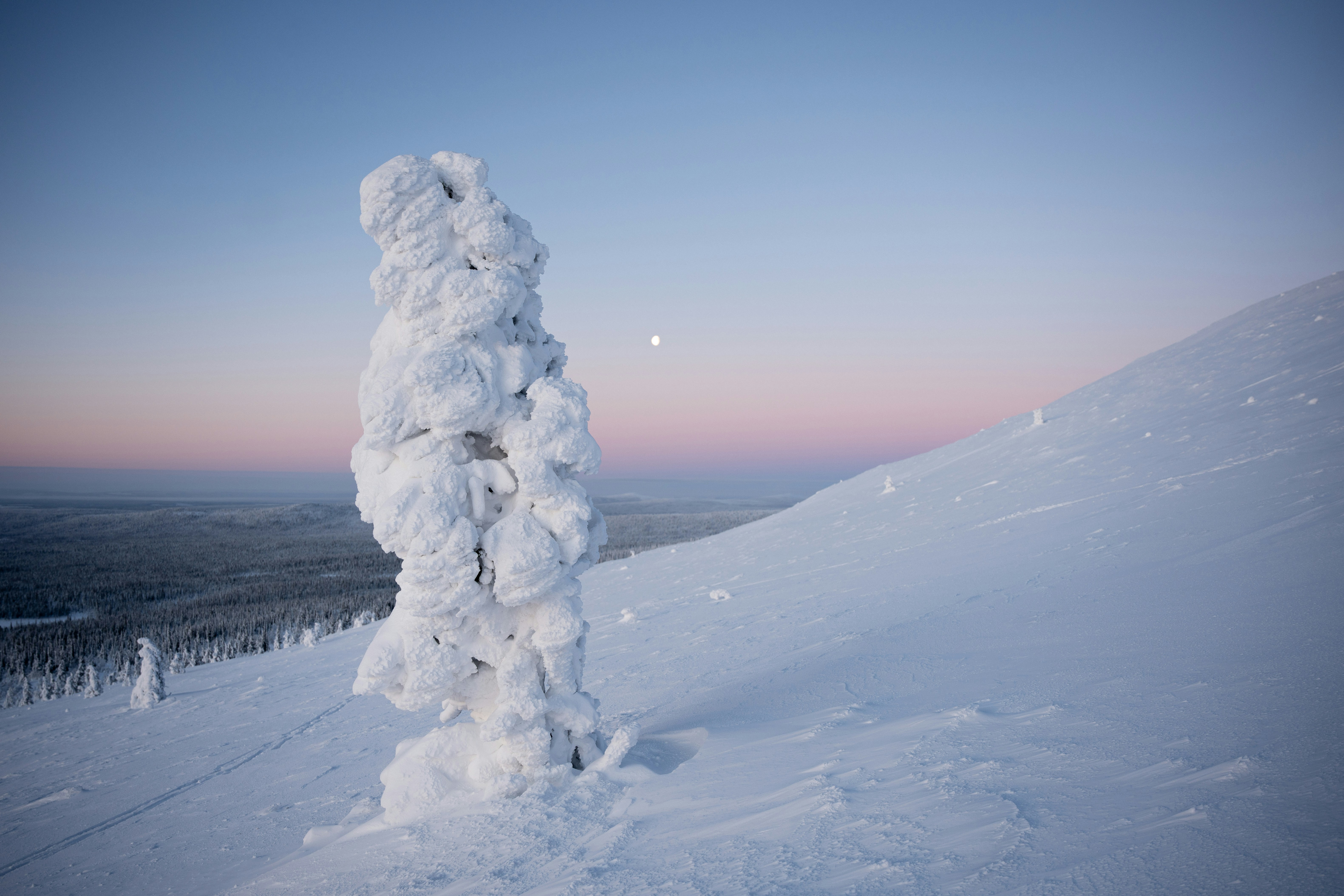Dr. Anna Reetta Rönkä is a cultural anthropologist and postdoctoral researcher at the University of Oulu. Her background includes youth well-being, health, and gender studies. She also has experience in participatory research in the Arctic. This helps her focus on the One Health framework, citizen science, and people’s experiences in the project’s environmental and health research.
She shared her thoughts on how citizen science can make a difference and discussed the concerns of Arctic communities regarding pollution. In the following sections, she further highlights what researchers have learned so far and what questions still require answers.
From Well-Being to Pollution: An Anthropologist's Journey
“I’ve worked on issues like loneliness among young people in northern Finland,” Rönkä explains, “but ArcSolution has opened up a whole new landscape for me, looking at how pollution and climate change intersect with community health from the One Health perspective.”
Since joining the project, she has contributed to several key reports. These include deliverables of the first One Health framework, a summary of knowledge gaps, and a map of citizen science activities related to pollution in the Arctic.
Her latest focus is a collaborative media analysis. Together with ArcSolution colleagues, she examines how local newspapers across Arctic regions report on pollution. “We’re looking at what pollution issues are presented in the media, what concerns people are expressing, who is speaking up, and how topics differ from place to place.”

Anna Reetta Rönkä is a Postdoctoral Researcher at University of Oulu, Arctic Health research group. She was born and raised in Oulu, Finland.
Citizen Science: More Than Just Data Collection
Rönkä is especially interested in citizen science, where local people help decide what to study, collect information, and make sense of the results. This approach fosters trust and empowers communities in the research process.
“Citizen science isn’t just about data collection—it involves communities in all stages of research,” she says.
As part of the citizen science process, Rönkä and her colleagues have spoken with teachers and organisations such as the Sámi Education Institute (SAKK) in Inari. They explore how schools can contribute to research, local monitoring, and raising awareness. She stresses that citizen science is valuable in remote Arctic communities where research fatigue can be an issue:
“We don’t want to repeat the same projects or overburden the same people. That’s why mapping what’s already been done is essential.”
Inari
Inari municipality and Inari village are located inland in Finnish Lapland. It is the only land-locked location among ArcSolution project study sites. It has continental climate with a January average of -9°C. Inari is located in the Sapmi, Sámi homeland, and it is Finland’s only quadrilingual municipality, with four official languages: Finnish, and three Sámi languages—North Sámi, Inari Sámi, and Skolt Sámi. Inari Lake is in the area, which is the largest lake in Sápmi and the third-largest lake in Finland. Inari has little over 7100 inhabitants, among about 30% (2100 people) is Sámi. Inari is sparsely populated with a population density around 0.46–0.47 inhabitants/km².
Inari’s economy is diversified across both traditional livelihoods and innovative industries. Tourism is a leading sector with rural wilderness as well as resorts, and there is also Cold-Climate Testing for vehicle and tyre testing in Arctic conditions. Furthermore, reindeer herding, fishing, hunting, and forestry retain importance both economically and culturally. Not many local pollution sources have been reported from the Inari area in the Finnish side, as there are no big industries or mines. However, in the Russian side there is a big industrial area in Nikkel (distance from the border around 30 kilometers).
The Sámi Educational institution (SAKK) is partner in ArcSolution project and planning for the collaborative activities is ongoing. Plans include citizen science collaboration, just as in other study sites, where the idea is to collect different types of samples together with the SAKK. Suitable sites for sample collection may be identified with the help of locals. Three workshops which are based on traditional knowledge sharing, “Lavvu dialogues”, have been planned on collecting reindeer stomach samples, water samples, and fish samples.
What the Media Tells Us—And Doesn’t
Rönkä’s and her ArcSolution colleagues’ research into local media is already revealing some trends. While local newspapers in Finland often discuss concerns over rivers, mining, and industrial pollution, they rarely link these issues to the health of people and animals, which is crucial in the One Health concept.
“Newspaper data shows that pollution is of concern, but often in isolation. What’s missing is a broader understanding of how it affects, besides environmental health, also people´s health, water, animal health, and food systems. That’s where One Health communication can make a real difference.”
Surprisingly, plastic pollution—a hot topic in global environmental discourse—didn’t feature prominently. “It may be that it’s so familiar that it no longer feels newsworthy,” she notes.
For Rönkä, the urgency of the climate crisis adds weight to her work. “This summer, temperatures reached over 30°C in parts of the Northern Finland. The heatwave lasted several weeks. That’s alarming,” she says.
Knowledge gaps and collaboration
ArcSolution’s gap analysis report identifies unanswered questions about pollution, the concerns of local people, and the potential long-term health effects.
“We’re finding that there is still little research based on Indigenous knowledge about pollution. That needs to change. It must be done through ethical, collaborative approaches shaped by the communities themselves.”
After a year with ArcSolution, Rönkä says the biggest lesson is how participatory research can lead to real and lasting change.
Rönkä believes participatory research is more than a method. It is a way of thinking that prioritizes community voices, values shared knowledge, and fosters collaboration. She sees this as crucial for effective environmental and health research in the Arctic.

